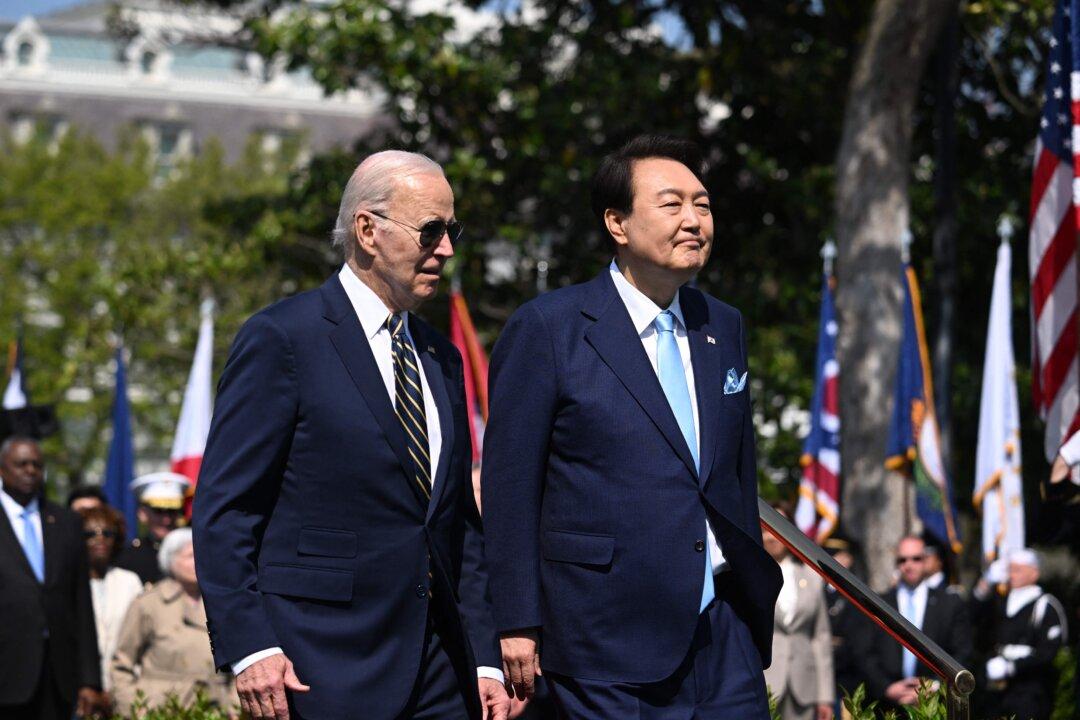Commentary
In diplomacy, there always is the public face and the secret or sub rosa dimension. Secrecy is a hallmark of diplomatic relations. During the secret negotiations between China, President Richard Nixon, and Secretary of State Henry Kissinger, both Nixon and Kissinger wanted to conduct their diplomacy such that “the success of the secret negotiations with China overshadowed the fact that the process was non-democratic.”





